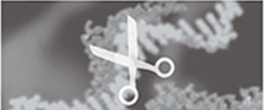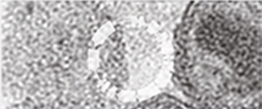With a wealth of options for gene delivery and expression, SBI has the gene expression vectors to support a wide variety of projects. We offer viral and non-viral systems that can integrate into the genome or remain episomal as well as inducible systems for highly controlled expression. Not quite sure what you need? Contact one of our technical support scientists—use the form on the Contact page to get the conversation started.
Gene Expression Systems
Offering integrating and non-integrating vectors in viral and non-viral systems, SBI offers a wealth of options for gene delivery and expression
Lentiviral Expression Plasmids & Lentiviral Vectors
AAV Vector Expression
Cumate Inducible Gene Expression Systems
Pinpoint & PhiC31 Integrase Systems
Episomal Expression Vectors (EEV)
Custom mRNA Synthesis Production
Cold Fusion Cloning Kit with Competent Cells
T Cell Research Tools
Targeted Protein Degradation
RESOURCES
PIGGYBAC FAQS
What is the limit on the size of the fragment that can be cloned into PiggyBac?
There is no limit on the size of the fragment that can be cloned into PiggyBac, some published reports have used over 120kb in successful transpositions.
Can you control the amount of integration when using PiggyBac?
If you vary the amount of Super Transposase included in the co-transfection, you can vary the amount of integration of the PiggyBac construct into the host cell genome. You can perform a dose-response curve along followed by qPCR for a region of the PiggyBac transposon that is not native to the host cells to measure integrated copy number.
MINICIRCLE FAQS
Why do I need to use ZYCY10P3S2T E. coli cells? Can I use other competent E. coli with the minicircle system?
For cloning and general propagation of minicircle parental plasmids, you can use any kind of competent E. coli. For induction of minicircle production, the ZYCY10P3S2T E. coli MUST be used because it is the only strain that has the engineered genome that causes the induction. Substitution of another E. coli strain for minicircle production will result in no minicircles being produced.
When I run my produced minicircles on a gel, I am getting several different sizes of plasmid? Is this contamination?
Most likely this is supercoiled plasmid DNA or nicked DNA or both. You need to do a restriction digest with 1-2 enzymes before running the minicircles and parental plasmids on a gel. This is the only way to determine the size of the produced minicircles and to determine whether the induction was successful.





